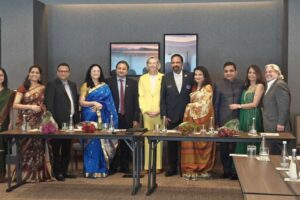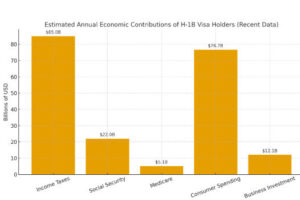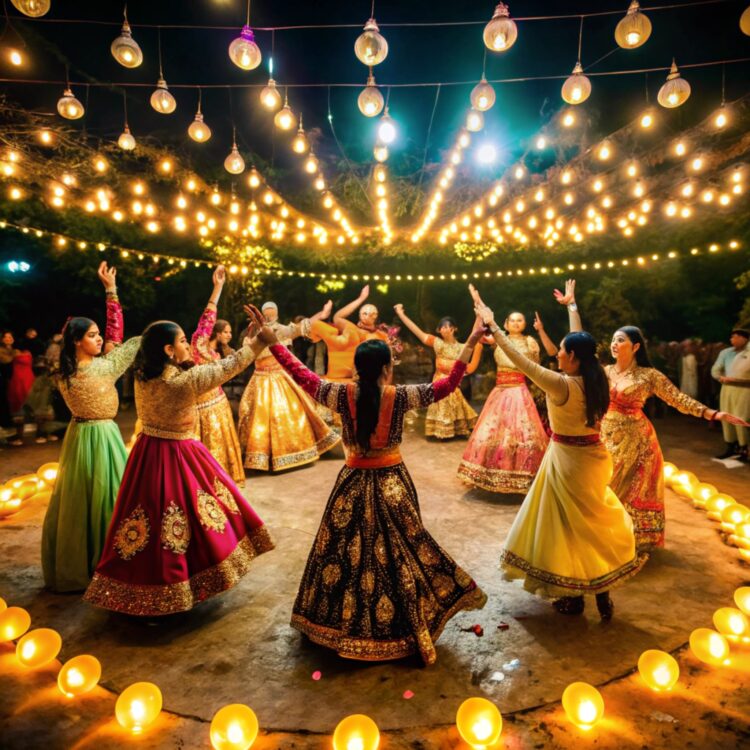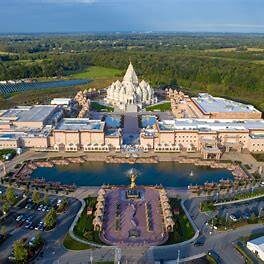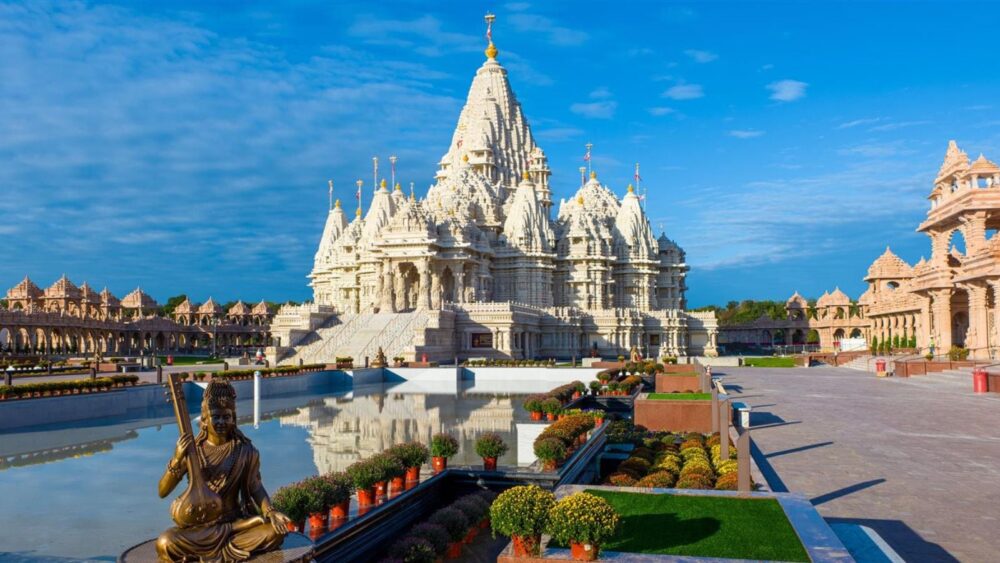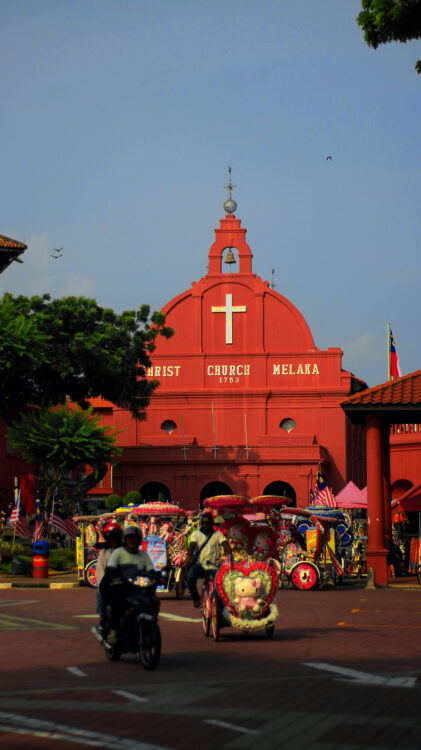Navaratri, meaning “nine nights” in Sanskrit, is a vibrant Hindu festival dedicated to the worship of the Divine Feminine in all her forms. This year, the festival commenced on September 22, 2025, and continues to captivate devotees worldwide with its rich tapestry of rituals, music, dance, and cultural expressions.
The Essence of Navaratri
At its core, Navaratri commemorates the victory of Goddess Durga over the buffalo demon Mahishasura, symbolizing the triumph of good over evil. According to the Devi Mahatmya, a sacred text dating back to the third century, each night of the festival is dedicated to a different form of Durga, known as the Navadurga. These forms represent various aspects of the Divine Feminine, encompassing courage, compassion, wisdom, and strength.
Rituals and Celebrations Across Regions
Navaratri’s observance varies across India’s diverse regions, each adding its unique flavor to the festival:
- Gujarat: Garba and Dandiya Raas, traditional folk dances performed in circles around a clay lamp symbolizing the divine energy, are central to the celebrations.
- Southern India: Households display ‘Golu,’ tiered arrangements of dolls and figurines representing deities and mythological scenes, fostering a sense of community and cultural heritage.
- Northern India: Devotees observe fasts and perform rituals, including ‘Kanya Puja,’ honoring young girls as embodiments of the goddess.
- Eastern India: In Bengal, the festival culminates in Durga Puja, marked by elaborate pandals (temporary temples) and grand processions celebrating the goddess’s homecoming.
The Nine Forms of Goddess Durga
Each day of Navaratri is dedicated to one of the nine forms of Goddess Durga, collectively known as Navadurga:
- Shailaputri: Represents strength and devotion.
- Brahmacharini: Symbolizes penance and austerity.
- Chandraghanta: Embodies beauty and bravery.
- Kushmanda: Signifies the creation of the universe.
- Skandamata: Represents motherhood and nurturing.
- Katyayani: Symbolizes warrior energy and courage.
- Kalaratri: Embodies fierce protection and destruction of evil.
- Mahagauri: Represents purity and serenity.
- Siddhidatri: Signifies the attainment of perfection and spiritual power.
Cultural Significance
Beyond its religious aspects, Navaratri serves as a platform for cultural expression. Communities engage in various activities, including music, dance, and storytelling, to celebrate the festival’s themes. In the Indian diaspora, these celebrations often blend traditional practices with contemporary expressions, fostering a sense of unity and cultural pride.

